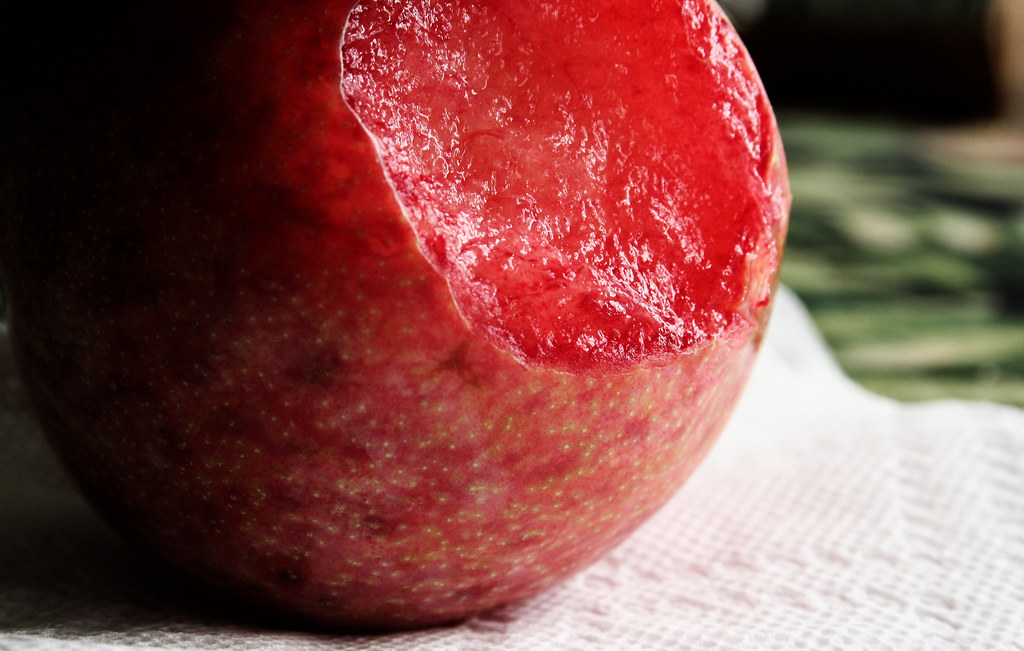Trying to differentiate between the piles of plumcots and pluots at the farmers market can be a daunting task, so here’s everything you need to know about plumcots, pluots, and how to tell them apart.
Origin
Plumcots and pluots are both hybrid fruits that were produced through cross-breeding plums and apricots. However, plumcots predate pluots by nearly two decades. Plumcots are the original plum and apricot hybrid, a first-generation fruit from cross-pollinated trees created by horticulturist Luther Burbank in the 1800s. The fruit is an even 50-50 cross between plums and apricots. Pluots arrived later on the scene in the 1980s, produced by Floyd Zaiger. They were created by cross-breeding Burbank’s plumcots with plums, so are about 75% plum and 25% apricot.

Flavor
Though made from the same stone fruits, plumcots and pluots have some noticeable taste and texture differences. Plumcots have a sweet flavor punctuated by a refreshing acidity. Its taste leans more towards plum but with a floral undertone that stems from its apricot roots. Pluots also taste like plums but have an intense, almost candy-like, sweetness to them with only a whisper of tartness.

Texture and Appearance
Both plumcots and pluots come in a variety of colors, ranging from pale green to deep violet. Plumcots have semi-soft flesh with a bit of juicy crunch. Their skin is papery thin with a brilliant waxy finish.
Interestingly, though pluots are more plum than apricot, their texture is more reminiscent of firm apricot than of tender plum. Pluots have a slight give when pressed, but generally aren’t too soft or juicy. Their outer skin is smooth with a slight shine and generally mottled coloring.
Uses
Like most stone fruits, plumcots and pluots are just as delicious baked into pies and tarts, cooked into a crumble, or caramelized on a grill as they are eaten fresh off the tree.

Of the two, plumcots work slightly better in savory applications such as salads or marinades as they have a more complex flavor. Pluots, on the other hand, are excellent for desserts as their natural sweetness eliminates the need for added sugar. Try swapping either pluots or plumcots for peaches in our Peach Shortcake or Peach Crisp recipes for twists on classic desserts.

Feature Image: Flickr user John-Morgan ( CC BY 2.0 )




Nice article
I have 5 full grown plum trees in my backyard! The deer and raccoons raid the yard in late summer I do manage to process 6 to 8 gallon freezer bags every year! With the arrival of Suvie 3.0 yesterday, I’m curious…can I just put crumble fixing in Suvie baking pan and set it on 350° 45 minutes? Let me know your ideas! And mom has Apricot tree. Ooo! Next summer is gonna be YUM! 😋
Lucky you! We have a few crumble recipes that might be a good place to start. Here is the link. Our apple crumble cooks at 325°F for 55 minutes. I think 350°F might be a little too hot with the topping and I worry that it would get too dark. I’d try a lower temp for longer. Let us know how it turns out!